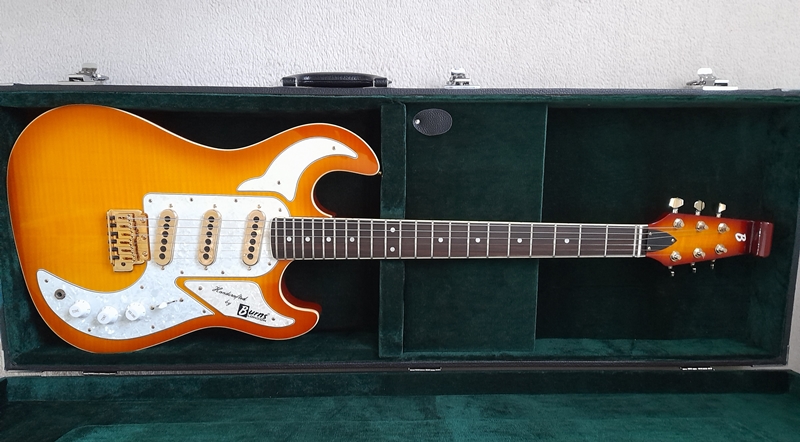Howdy, Stranger!
It looks like you're new here. If you want to get involved, click one of these buttons!
Categories
- 248.2K All Categories
- 22 >> Start Here <<
- 12 New Members
- 8 FAQs
- 88.9K Gear
- 40.5K Guitar
- 3.5K Acoustics
- 1.3K Bass
- 15.1K Amps
- 17.6K FX
- 359 Digital & Modelling
- 785 Other Instruments
- 8.5K Making & Modding
- 432 Gear Reviews
- 108 Guitar Reviews
- 74 Amp Reviews
- 119 FX Reviews
- 90 Other Reviews
- 756 Made in the UK
- 988 Theory
- 1.9K Technique
- 2.2K Live
- 3.2K Studio & Recording
- 2.2K Making Music
- 232 Events
- 15 Guitar Show 2018
- 867 Plug My Stuff
- 108.2K Classifieds
- 42.3K Guitars £
- 2.9K Acoustics £
- 146 LH Guitars £
- 925 Basses £
- 11K Parts £
- 18.8K Amps £
- 35K FX £
- 2.9K Studio & Rec £
- 6.3K Misc £
- 472 Personnel
- 56.2K Chat
- 37.5K Off Topic
- 1.2K Tributes
- 6.8K Music
Become a Subscriber!
Subscribe to our Patreon, and get image uploads with no ads on the site!
Straight neck?
 Strumit
Frets: 50
Strumit
Frets: 50
On checking for playability on a "Stratalike" after a string change, I found a bit of fret buzz on the first two or three frets. The "usual" checks were fine, so I checked the truss rod and eased it back 1/4 to 1/2 a turn and the buzz was gone. The strange thing is that the truss rod has no tension on it now ie. the neck is perfect without it (it isn't broke by the way). The guitar plays and sounds great. Should I worry? ( I always do when things go too well! )
0 LOL 0
LOL 0 Wow! 0
Wow! 0 Wisdom
Wisdom
 LOL 0
LOL 0 Wow! 0
Wow! 0 Wisdom
Wisdom Base theme by DesignModo & ported to Powered by Vanilla by Chris Ireland, modified by the "theFB" team.


Comments
The business of fret rattle in the lowest three or four frets is what you would expect if a guitar set up for tens were restrung with nines without any adjustments being made.
"Take these three items, some WD-40, a vise grip, and a roll of duct tape. Any man worth his salt can fix almost any problem with this stuff alone." - Walt Kowalski
"Only two things are infinite - the universe, and human stupidity. And I'm not sure about the universe." - Albert Einstein
That is what I did, so glad that someone else would do the same. Thank you.
"Take these three items, some WD-40, a vise grip, and a roll of duct tape. Any man worth his salt can fix almost any problem with this stuff alone." - Walt Kowalski
"Only two things are infinite - the universe, and human stupidity. And I'm not sure about the universe." - Albert Einstein